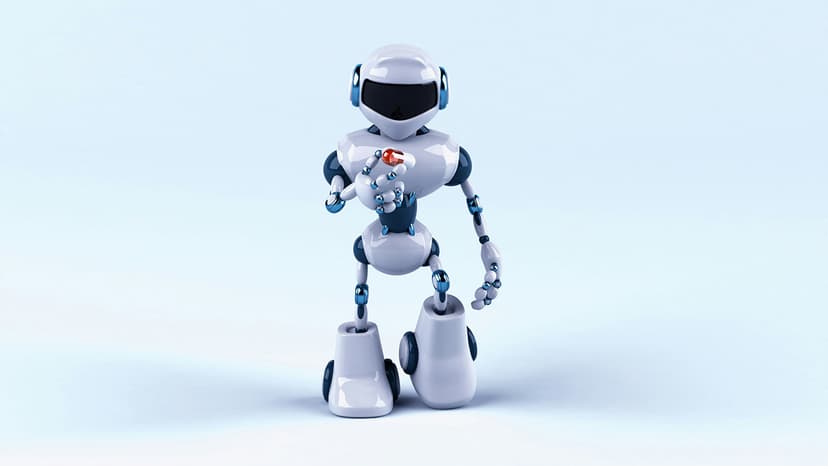What Is Recurrent Neural Networks in AI Training
Recurrent Neural Networks (RNNs) are a type of artificial intelligence that's really good at dealing with sequences, like sentences in a conversation or steps in a recipe. They're different from other types of AI because they can remember things from the past, which helps them understand sequences better. This article aims to break down the structure and function of RNNs in simple terms.
What is a Recurrent Neural Network?
Think of RNNs as a series of connected points, much like a chain. Each point in the chain represents a moment in time and has the ability to pass on information to the next point. This is similar to how you remember previous parts of a conversation to understand the whole story. RNNs are designed to do the same with data sequences; they 'remember' past information and use it to process new inputs.
The Structure of RNNs
The basic structure of an RNN includes nodes, or neurons, that are linked over time. Here's a simplified breakdown:
-
Input Layer: This is where the RNN receives the sequence of data, one piece at a time.
-
Hidden Layer: This is the memory part of the RNN. It takes in both the new input and what it remembers from the previous step's input. The information from the previous step is passed along through a loop, which is the 'recurrent' part of the name. Each time the RNN processes a new piece of the sequence, the hidden layer updates its memory with the new context.
The math behind this involves updating the hidden state (H) at each time step (t). It can be simplified as: $$ H_{(t)} = f(W \cdot [H_{(t-1)}, X_{(t)}] + b) $$ Here, $H_{(t)}$ is the new memory state, $H_{(t-1)}$ is the memory from the last step, $X_{(t)}$ is the new input, $W$ are the weights (parameters) that determine the importance of inputs and past memory, $b$ is a bias term, and $f$ is an activation function that helps decide what to remember.
-
Output Layer: After processing through the hidden layer, the RNN produces an output. This could be the next word in a sentence, the next note in a piece of music, or any other prediction.
Why RNNs Are Special
Recurrent Neural Networks are a special kind of AI that's really good at handling sequences because they remember past information. Unlike other AIs that treat each piece of data separately, RNNs consider everything that came before to make sense of each new piece. This memory loop is great for things like translating languages, where the order and context of words really matter. But RNNs aren't without their issues. They can get tripped up by long sequences where the key details are spread out, and they might forget the earlier parts – a problem known as "vanishing gradient." Despite this, RNNs have hugely improved how machines deal with sequences. They've brought a deeper, more human-like understanding to AI, remembering and using past data to make sense of the present. They're not just powerful; they're a key part of AI's future, helping machines think more like us.












